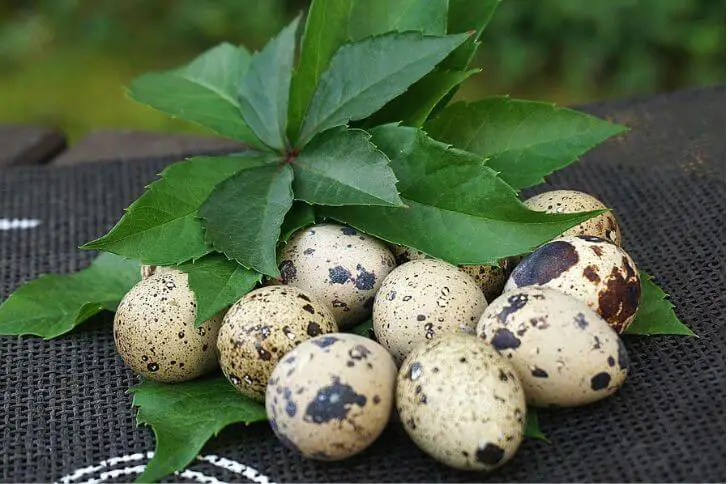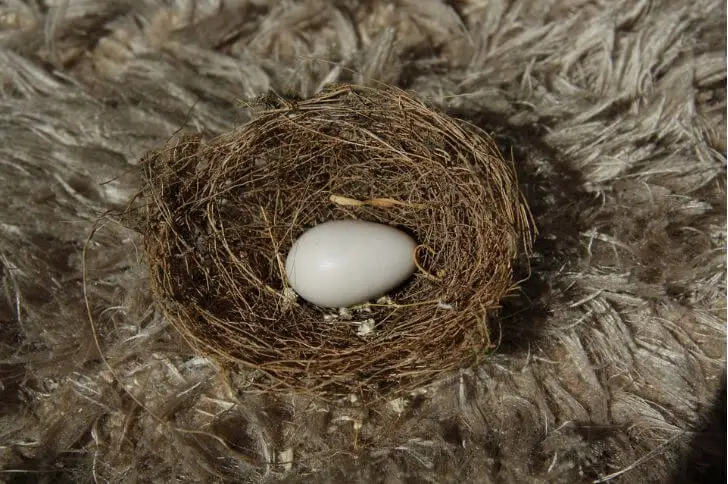Adult Identification
Scientifically known as Nyctanassa Violacea, the Yellow-crowned Night-Heron is a species of heron found in the Southeast. It is best known for its harsh squawks and plumage, which features gray feathers, a distinct yellow crown and white cheeks. Note the head plume. These birds are mainly active at night when they hunt for small fish, frogs, and other aquatic creatures.
Yellow-crowned night-herons are very secretive and solitary birds compared to other birds of the heron family, making it hard to spot juveniles. But, we’ve got you. Below we discuss the nesting habits and yellow-crowned night-heron juvenile plumage and habits.
Where do Yellow-crowned Night-Herons nest?
These herons prefer to nest near bodies of water, such as rivers, lakes, marshes and swamps. They may also inhabit woodlands near freshwater sources. Nests are typically built on tall trees, mostly oaks or mulberry bushes that provide protection from predators and cover for the younglings when they hatch.
The nests consist of sticks, about 20 inches long, and twigs lined with soft material like spanish moss or leaves for insulation. Nest building process takes about 10 days and both parties use this as a chance to bond.
What time of the year do Yellow-crowned Night-Herons have babies?
Baby night herons can be seen from the end of March to July. A nesting pair lays 2-6 bluish-green eggs per breeding season. They raise one clutch each breeding season. Incubation lasts for 24-25 days and yellow-crowned night-heron babies are born covered with gray down.
What does a juvenile Yellow-crowned Night-Heron look like
The juvenile Yellow-crowned Night-Heron is one of the most distinct birds found in Southeast America. Its unique plumage has made it a favorite amongst birdwatchers and nature enthusiasts alike.
The juvenile Yellow-crowned Night-Heron is brownish overall with heavy streaks and white spots. It also has distinctive yellow-orange eyes. The hefty bill of the fledgling is black with a paler base. Its legs are dull orange yellow in color.
Most bird watchers have a hard time telling this fledgling apart from juvenile black-crowned night heron. One of the easiest ways to tell them apart is by looking at their legs and streaks. Yellow-crowned have finer streaks and longer legs.
Feeding Habits
What do baby yellow-crowned night-herons eat? Juveniles typically consume aquatic invertebrates such as crabs, shrimp, crayfish, and mollusks. They may also feed on small fish or amphibians if these creatures are available in their habitat.
During the first weeks of their lives, they are fed by their parents. Adults gather food and regurgitate it on the floor of the nest. Note, juveniles are not able to distinguish their parents from other adults in the colony and tend to beg food from any adult passing by the nest.
However, parents are able to identify their chicks and will often drive away other chicks. Juvenile yellow-crowned night-herons will be fed by their parents until they leave the nest.
Molting Process

Do juvenile Yellow-crowned Night-Heron molt? Yes, they do! Juvenile Yellow-crowned Night-Herons undergo a process of molting their feathers as they grow and mature. A process called “juvenile molt”.
Yellow-crowned night-heron babies shed down and grow juvenile feathers within the first month of their life. Later one, after two-three years, juveniles molt and grow adult feathers. Upon completion of this process, these birds will have fully developed adult plumage distinct from other species in the same family.
First steps out of Nest
When do yellow-crowned night herons leave the nest? In most cases, it takes around 36-42 days for a yellow-crowned heron to leave the nest. During this time, they are not strong enough to go live by themselves but they are too large for the small nest.
So, during the day they leave the nest and walk around to familiarize themselves with the nest’s surroundings. Also, they are still fed by their parents.
How long does it take a Yellow-crowned Night-Heron juvenile to fly?
Generally speaking, the juvenile Yellow-crowned Night-Heron takes short flights by week six after hatching. This process starts with the early development of flight feathers on its wings and legs, along with strengthening of its chest muscles which will eventually aid in taking off into the air. Once these basic skills are acquired, they will start taking longer flights by week eleven.
Do Yellow-crowned Night-Herons return to the same nest every year?
Recent research suggests that yellow-crowned night-herons often use the same nesting sites for multiple years in a row. This has been documented for at least five consecutive years, suggesting this species does exhibit nesting site fidelity. It seems that young herons, when they reach breeding age, tend to settle in their parents’ old nest rather than create a new one – or perhaps even returning to their own previous nest from the year before!
Do Yellow-crowned Night-Herons mate for life?
No, these herons do not mate for life. Like other herons, they find a mate during the breeding season. Some may pair up with their previous partners while others look for new partners.
Common predators
What eats Yellow-crowned Night-Herons babies? Predators include birds of prey such as hawks, owls and eagles. These birds hunt by sight during the day and pick off adult and juvenile herons in flight or while they are perched in trees. Mammalian predators, like raccoons and opossums, also search for eggs or nestlings to eat at night. Other animals such as snakes may also prey on young heron chicks.
To survive these predators, Yellow-crowned Night Herons have adapted camouflage feathers that help them blend into their environment to avoid detection from hunters looking for an easy meal.
How many babies do Yellow-crowned Night-Herons have?
The answer to this question depends on where the herons are nesting. In the Southeast, where most Yellow-crowned Night-Herons live, they typically have three to six eggs per clutch. Studies have shown that about 70% of the eggs hatch successfully, with just over 80% surviving until fledging stage.
Lifespan
What is the lifespan of a yellow-crowned night-heron? On average, an adult night heron has an estimated lifespan of 6-7 years in the wild. This can vary depending on the bird’s health as well as its environment. For instance, if a night heron’s habitat is compromised due to human activity or climate change, it may not reach its full potential lifespan as it will face more predators or lack suitable resources for food or shelter.
What do night-herons do during the day?
During the day time hours, night-herons often roost in trees or dense vegetation to hide from potential predators. Here they remain relatively inactive until evening approaches when their activity increases significantly. During this resting period night-herons will sometimes preen their feathers to keep them waterproofed and looking good! Additionally, morning hours can offer a great opportunity for mating opportunities as males will perform courtship displays in order to attract a mate.
Are night herons territorial?
When it comes to nesting sites and other territories within their range, night herons can be quite aggressive. They will defend their nests against intruders by making squawk-like sounds.
Final thoughts:
The early stages of the yellow-crowned night-heron are interesting. These birds nest in colonies near water sources where there are plenty of crabs. In North America, they breed in the southeast building large nests from sticks or reusing their old nests. Juveniles stay with parents for up to 11 weeks or up to the end of the breeding season. It takes juvenile yellow-crowned night-herons 2-3 years to mature and start breeding.
Source:
https://en.wikipedia.org/wiki/Yellow-crowned_night_heron
https://www.audubon.org/field-guide/bird/yellow-crowned-night-heron
Hi, my name is Steve. My friend and I started the spanishbirdguides.com to share our passion with other like-minded people. So, if bird watching is your thing, you’ll love this blog. I’ll share what I’ve learnt about both local birds and those found in other parts of the world. Also, I’d love to hear your experiences.


